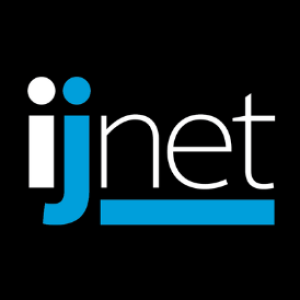How to approach eyewitness media on social platforms, the difficulties of reporting science journalism and more in this week's Digital Media Mash Up, produced by the Center for International Media Assistance.
Reuters: Avoid the 'wolf pack mentality' when approaching eyewitnesses online
John Pullman, global head of visual and pictures at Reuters, highlights one of the biggest newsgathering challenges facing media outlets today, and explains how Reuters adapts to the increasing volume of user-generated content. (Journalism.co.uk, 10/13)
Science journalism has a big problem. How can we fix it?
In June, I was putting the finishing touches on a longform story about protecting ecosystems from climate change. After weeks of reportage and three rounds of edits, the publisher was set to green-light my 2,000 words. My editor just needed a few final details that would describe the ideas of the lead scientist I profiled in a more accessible way without too much jargon. People, after all, tend to want to read about people. Not plants. (Darlena Cunha, MediaShift, 10/14)
Millennials in public media want to be heard
The public media world headed to Pittsburgh recently for its annual look at programming.
Among the more interesting things to come out of the PRPD conference was this: public media is having a tough time attracting younger listeners during drive-time. Tim Eby, the general manager of St. Louis Public Radio, noted in a Medium post that the number of people 25-34 listening to Morning Edition was down 19% in the past year.
“THIS IS A BIG DEAL,” he wrote.
And it is a big deal. Stations are struggling with how to cater to younger audiences who, as Tim writes, “want control of their audio content” and favor on-demand content over streaming or appointment radio. (Melody Kramer, Poynter, 10/13)
CIMA offers the Mash Up free via email. Sign up here.
Main image CC-licensed by Flickr via Joseph Morris.


